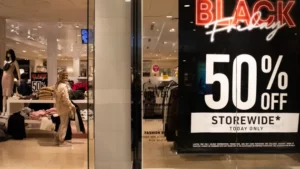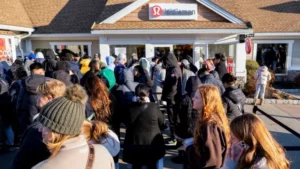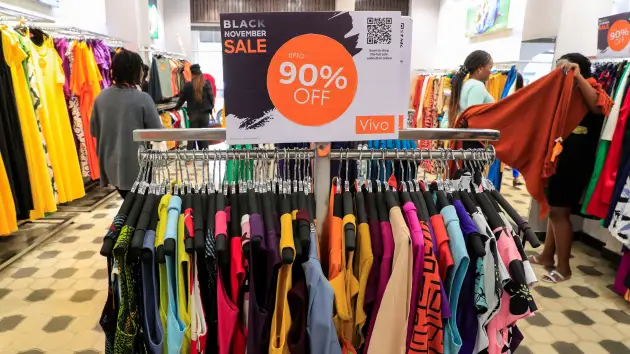A National Retail Federation survey shows that from Thanksgiving Day through Cyber Monday, a record 200.4 million people visited stores and browsed online in search of gifts. This was a great way for shoppers to start the holiday season.
Since Prosper Insights & Analytics and the major trade association started monitoring overall in-store and online traffic in 2017, the turnout is at an all-time high. It exceeded the 196.7 million shoppers from the previous year and the approximate 182 million people predicted by the NRF for the five-day weekend.
According to the NRF survey, there were 134.2 million online shoppers this year compared to 130.2 million last year. The number of customers who visited stores decreased slightly, from 122.7 million in 2022 to 121.4 million this year.
The significant trade association claimed that although it did not estimate overall spending, consumers spent $321.41 on average over the weekend on holiday-related purchases. That is about equivalent to the $325.44 average from the previous year. There is no inflation adjustment to the figure.
The high turnout “speaks to the way consumers are feeling, but also the deals that were out there,” NRF CEO Matt Shay said in a call with reporters. He claimed that other elements, such as the climate, benefited retailers. This weekend’s cooler weather, which was experienced across much of the nation, can encourage consumers to spring for seasonal clothing like boots, sweaters, and jackets.

Approximately half of the respondents bought clothing and accessories, and nearly a third bought toys, making clothes and accessories the most popular gifts during that time. According to the group, personal care and beauty products also made it into the top five most popular gifts for the first time.
According to the results, as of Thanksgiving weekend, customers reported that they were roughly halfway through their holiday shopping. 3,498 adult consumers were surveyed by NRF from November 22 to 26.
Online sales were strong, according to another early report on holiday spending. According to Adobe, American consumers spent $9.8 billion online on Black Friday, a 7.5% increase from the previous year.
Cyber Monday exceeded that amount, with $12.4 billion in e-commerce sales in the US, a 9.6% increase from the previous year.

Adobe’s data encompasses 18 product categories, 100 million unique items, and over 1 trillion visits to US retail websites. It excludes in-store purchases, which account for the majority of holiday spending in the United States.
However, it’s too early to tell what will happen during the remainder of the busiest shopping season. The strength of early shopping may be more a reflection of bargain hunters than of spenders. It might also indicate a return to the pre-pandemic pattern of holiday shopping, when consumers spent most of their money in the final days leading up to Christmas and on Black Friday sales events.
When retailers released their earnings earlier this month, they expressed caution about the season. Walmart and other businesses claim that although discretionary spending is still low, it has increased during promotional events.

The NRF projects that holiday sales in November and December will increase by 3% to 4% annually to reach between $957.3 billion and $966.6 billion. Though not as rapid as it was during the pandemic, this growth is still about in line with average sales increases prior to Covid.
Since this holiday season’s sales are being compared to the pandemic spending boom, NRF’s Shay said they may appear modest, or even disappointing.
“There’s no denying that, in comparison to the previous 36 months, there has been some moderation and deceleration in consumption,” he stated. Shay mentioned the termination of stimulus payments and the restoration of increased service spending.
He clarified, though, that “bleak” sales and moderation are not the same thing.





